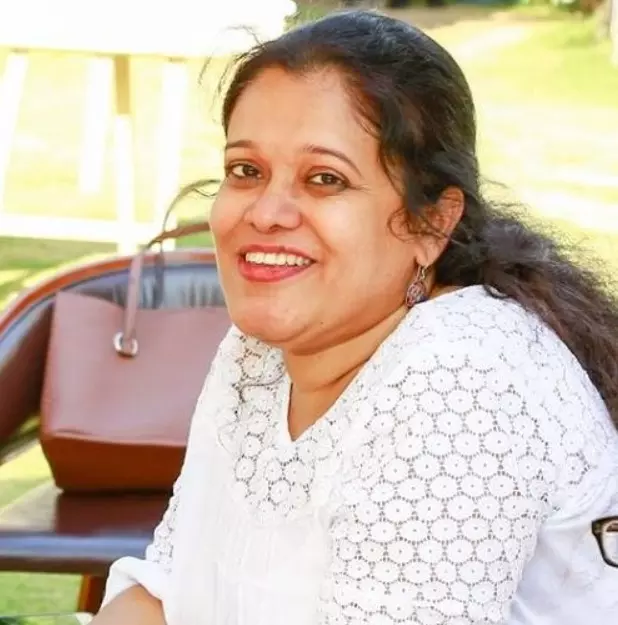Live
- Special rituals conducted at Maramma Temple
- Siddaramaiah has special love for Muslims: BJP
- We can’t afford spending less than 6% of GDP on healthcare
- Guinness World Record for continuous Hanuman Chalisa chanting
- REMOTE TRIBAL AREA TO GET NEW BRIDGE
- Dr LB College, Woxsen teams win in Climate Tank Accelerator event
- CM Revanth petitions for change in Paleru rly line
- Udupi MP seeks more key highways on top priority
- New diet plan rolled out at welfare hostels
- HRF demands for nation-wide caste census
Just In

Rich in spices that enhanced the flavour of the food - bringing in the influence of Mughlai, Lucknowi and any other cuisine that caught the fancy of the royal chefs - slow and meticulous cooking procedures that ensured soft, succulent meats - kebabs, biryanis, shorbas, salans and desserts laden with butter, ghee and the choicest of dry fruits
Chefs at Taj Banjara brought out traditional recipes from Nizam’s kitchen to create the ‘Nizami Dawat’
Rich in spices that enhanced the flavour of the food - bringing in the influence of Mughlai, Lucknowi and any other cuisine that caught the fancy of the royal chefs - slow and meticulous cooking procedures that ensured soft, succulent meats - kebabs, biryanis, shorbas, salans and desserts laden with butter, ghee and the choicest of dry fruits – food from the Nizami kitchens was the envy of the world. No wonder even the British royalty looked forward to the Dawats that the Nizams hosted.
 Chef Bilal at Taj Banjara, protégé of the renowned Chef Chaman Lal who had worked in the Nizami kitchen, conjures up authentic age-old recipes to create a feast fit for the kings – ‘Nizami Dawat’ at the restaurant, Kabab e Bahar in Taj Banjara. The menu for the food festival is a result of extensive research by Executive Chef Sumeet and his team of Master Chefs under the watchful eyes of Chef Bilal.
Chef Bilal at Taj Banjara, protégé of the renowned Chef Chaman Lal who had worked in the Nizami kitchen, conjures up authentic age-old recipes to create a feast fit for the kings – ‘Nizami Dawat’ at the restaurant, Kabab e Bahar in Taj Banjara. The menu for the food festival is a result of extensive research by Executive Chef Sumeet and his team of Master Chefs under the watchful eyes of Chef Bilal.
The laborious cooking of the Paya shorba (lamb shanks cooked over slow flame overnight to create a flavourful stew) that can be had as soup) is probably the only way to start the Dawat. For the vegetarians there is Chironji badan ka shorba.
The chef used Chinese sauce in the preparation of Tilani sheekh kebab (just as in the old times when the cooks would travel along with the Nizams and learn various other dishes and carry with them influences) based on the traditional recipe. The Angara shahi paneer tikka, unlike the regular one, was served on a cashew nut base, sprinkled with broken chironji and cashew nuts. Aloo anjeer ki tikki (dry fig and potato pattie), Tala hua murgh (Chicken chunks marinated in Hyderabadi spices and delicately fried in oil in such a way that it is crispy outside and soft inside) was a bit guilt (read oil) laden, but delicious. Shammi kebab, Machli ke cutlis (fish and potato minced pattie coated with eggs) was just a bit spicy thanks to the generous sprinkling of pepper.
The rich aroma only got better as one moved on to the main course. While the lineup was impressive with Khatti dal, Mirchi baigan ka salan, sabit masaledar murgh (whole chicken marinated on a dum), kofta ka khorma, the crown goes to mouth wateringly aromatic and tasty Hyderabadi roast murgh.
There are of course the briyanis – dum murgh (chicken) and Sofiani ghost (mutton and dil seeds) and in addition to the Safed double ka meetha (the famous bread pudding gets a Nizami touch when cooked with cream, milk and rose water) and the sheer khurma.
.jpg)
The festival is one for dinners until September 29. The pleasant evenings and pool-side restaurant make for the best setting for this feast befitting the royalty that resides in every food lover.

© 2024 Hyderabad Media House Limited/The Hans India. All rights reserved. Powered by hocalwire.com







